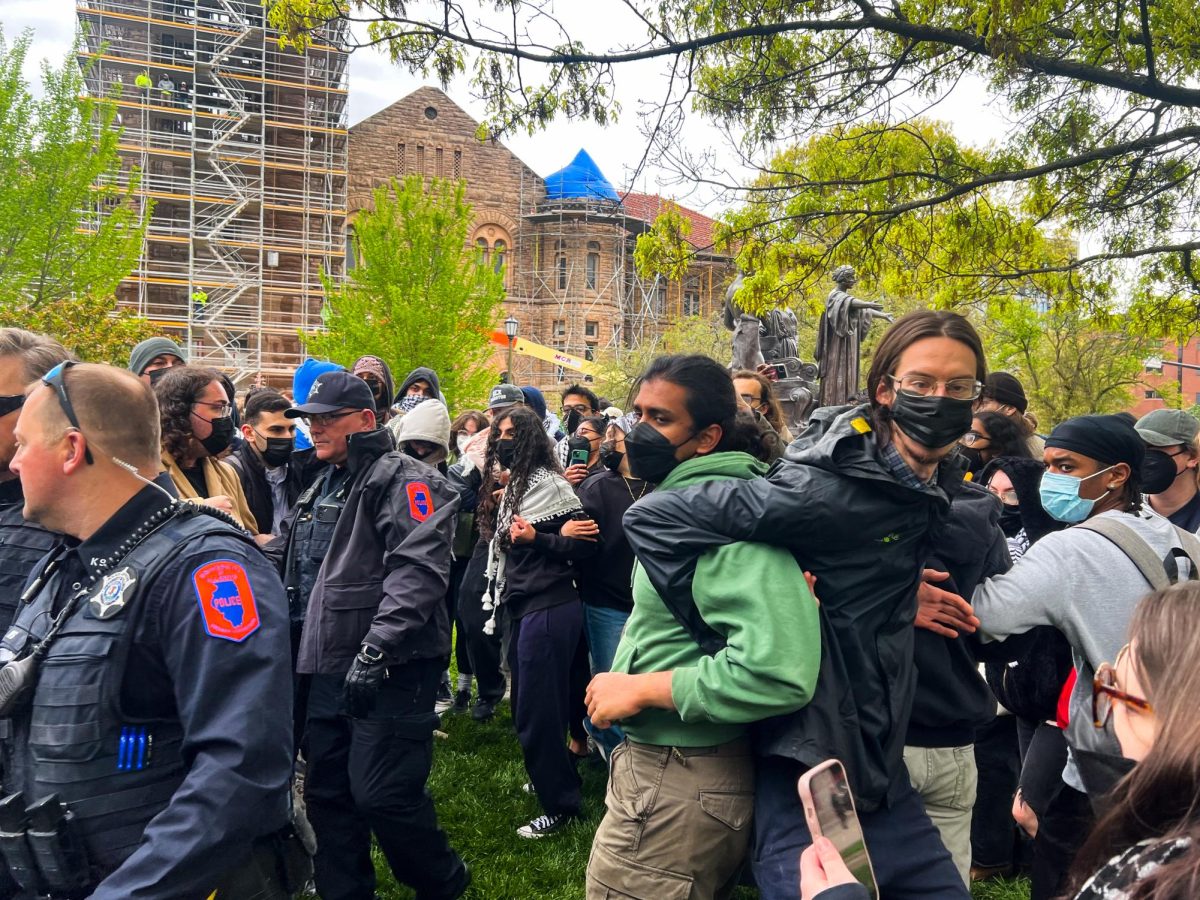America is in a crisis paralleling that of John Hughes’ “Home Alone”: we are forgetting our children.
Overshadowed by recent events such as the death of U.S. Ambassador J. Christopher Stevens and the Chicago Teachers Union strike, we fail to acknowledge how these affect our youth. Perhaps not the events in particular that influence our youth, but the raw and often uncensored nature in which these events are portrayed by the media.
How do I reassure a terrified 12-year-old that she will be OK after seeing pictures of the destroyed U.S. Embassy in Libya? How can we tell our youth that despite schools being closed, these teachers are actually rioting for students?
As a society, we are uncomfortable with confronting these answers, particularly the messages and insight the youth gain while interacting with media.
The Libya crisis may cause children to perceive Islam as a religion of extremism and intolerance, whereas the teachers strike may be seen as neglecting the welfare and priorities of students.
Get The Daily Illini in your inbox!
These are the messages that shape the development of our youth. But at such a young age, our youth may not see the underlying message of these events and only see the angry and horrifying facade presented by the media. The culture of hate and disregard for “the other side” of an issue is a rising concern for upcoming generations.
For those of you unfamiliar with the Libyan counter-protest to the attack on the U.S. Embassy, Libyan protesters “made signs”:http://www.buzzfeed.com/jtes/12-photos-of-benghazi-citizens-apologizing-to-amer emphasizing their sorrow for the American people and clarified that this incident should not be generalized to all Libyans. Unfortunately, these are not the kind of stories that are publicized, at least not to the extent the more “gripping” front-page stories are.
In fact, this is a perfect example of the kind of media follow-up and clarification that I believe will counteract the negative messages the youth receives.
Just imagine your reaction when a child raises his or her hand in class, curious as to why Libyans and Muslims hate Americans, who are also clearly unaware of the instigating anti-Muslim film “Innocence over Muslims.” You know, that one thing that set everyone off in the first place. The disheartening thing is that you don’t have to imagine any of this — it’s actually happening.
The teachers strike may be especially confusing in its representation, considering that it encompasses a concept any child over the age of 5 is all too familiar with — education. We have half of the focus on the strike being inessential and exaggerated and half focusing on the bias in standardized testing and unfair teacher-evaluation procedures, essentially a dichotomous path of reform.
If a child sees teachers armed with picket signs and speakerphones, can he or she really differentiate between who stands for what? Again, what happens when students ask their teacher why there is so much fighting and why they had to start school late? And sometimes that’s how it works — students assume their teachers were fighting so much that they couldn’t start school on time. We need to start realizing that students, regardless of age and grade, are the most affected by educational reform. Then, it is these students and youth that are the most worthy of unbiased reporting.
This is why the implications of sending negative messages are so harmful; they often go unnoticed and unattended. We cannot keep weakening and marginalizing the truth just because we are unacquainted and scared of action, or lack thereof.
We don’t need to hide the truth — we just need to make sense of it and put it in a context where our youth can be informed but not intimidated. We don’t have to succumb to the media’s portrayal of the Libyan bombing and teachers strike. We can use this as an opportunity to involve our youth in the process of constructing what the media misconstrues.
_Adam is a junior in ACES. He can be reached at [email protected]._







